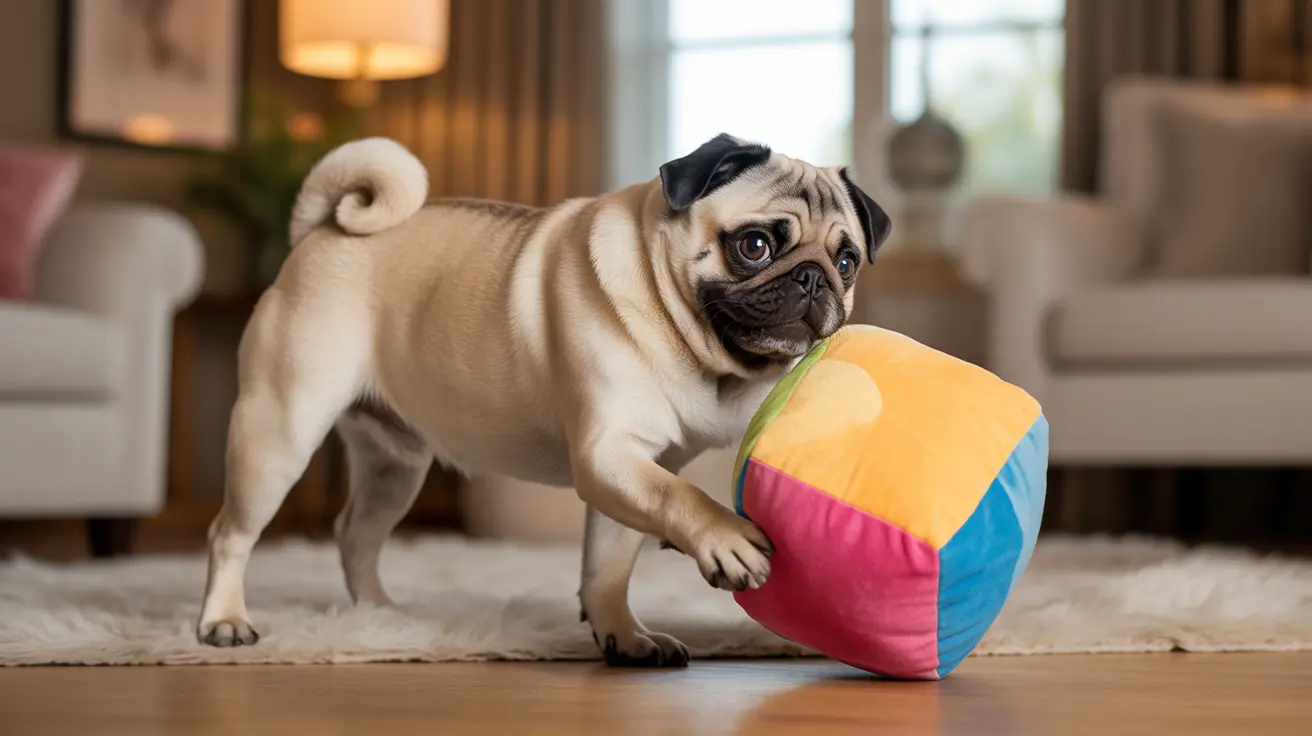Understanding How Dogs Apologize to Humans
Dogs are emotional and social animals that thrive in close relationships with humans. While they may not understand the concept of morality in the same way humans do, dogs are highly attuned to their owner's emotions and reactions. When dogs 'misbehave' or act contrary to expectations, their responses aren’t driven by guilt but by a desire to restore harmony and trust in their relationship.
Do Dogs Feel Guilt or Remorse?
Dogs do not possess the same moral compass as humans to distinguish right from wrong. However, their behavior often mirrors apologetic gestures, not because they feel guilty, but because they react instinctively to their owner's tone of voice, facial expressions, or body language. These instinctive responses are rooted in their social nature and desire to create secure attachments. Functional MRI studies show dogs exhibit brain responses similar to humans in emotional interactions, especially when exposed to their owner’s voice or scent.
Common Ways Dogs Apologize
When dogs recognize tension or unhappiness in their human companions, they instinctively try to mend the bond using familiar, affectionate behaviors. Here are some signs that can be interpreted as canine apologies:
- Lowering their head or body: A submissive posture with ears back and lowered gaze signals appeasement.
- Licking you: Drawing from their puppyhood, licking plays a role in offering comfort and rebuilding trust.
- Tucking the tail: This sign of submission is often accompanied by looking away or lying down.
- Nuzzling or leaning in: Seeking close contact is a soothing action both for the dog and the human companion.
- Soft eye contact: Gentle gazes stimulate oxytocin release, encouraging positive bonding.
- Following you around: Seeking your presence is a way for your dog to feel safe and express closeness.
These behaviors are typically instinctual, not calculated. Dogs are wired to seek social approval through cuddling, licking, tail wagging, or play gestures, which all aid in reinforcing the human-canine bond.
Interpreting Apologetic Behavior
Rather than true apologies, these actions reflect a dog’s intent to reconnect and de-escalate a stressful situation. Studies show that dogs are adept at reading human facial expressions and emotions. A raised eyebrow, for example, is a facial expression dogs commonly use to appear more endearing. This is made possible by a specific muscle evolved to improve communication with humans.
The Role of Neurochemicals in Canine Affection
Interactions like petting, speaking smoothly, or making eye contact with your dog release oxytocin—the so-called “love hormone”—in both you and your pet. This fosters mutual trust and affection, helping both of you feel calmer and more connected. Dopamine also plays a part in reward-based feelings during positive human-dog interactions.
How to Respond When Your Dog Acts ‘Sorry’
The best way to handle your dog’s apologetic behavior is with reassurance, consistency, and patience. Here are some suggestions:
- Stay calm and gentle: Avoid yelling or intimidating gestures.
- Reward affectionate behavior: Use positive reinforcement such as praise or treats when your dog initiates a bonding gesture.
- Maintain routine: Dogs need structure. According to the three-three-three rule, new dogs need three days to decompress, three weeks to learn routines, and three months to feel at home.
- Build trust over time: Use daily interaction, play, and walks to deepen your connection.
Building a Strong Human-Canine Relationship
Apologies might be a human interpretation of canine behavior, but the emotional bond formed through empathy, trust, and affection is real. Practical ways to strengthen this bond include:
- Regular physical affection, like pets or cuddles
- Consistent communication with commands and routines
- Daily walks and outdoor adventures
- Using toys and games for enrichment
- Speaking kindly and maintaining eye contact
These actions help reduce anxiety and promote release of oxytocin, leading to a calm, balanced, and loyal pet that actively seeks your approval—not out of shame, but love.
Conclusion
Dogs “apologize” through submissive, affectionate behaviors indicating their desire to rebuild bonds and maintain harmony. While not motivated by guilt, these responses are deeply rooted in the social, emotional, and neurochemical connections dogs have with their human companions. By understanding these signals and responding with care and consistency, you strengthen a lifelong relationship built on mutual love and trust.





